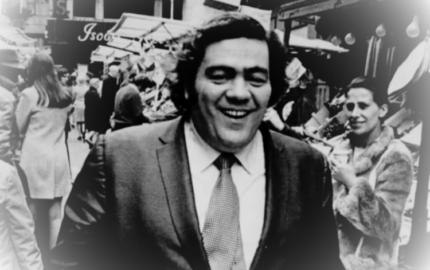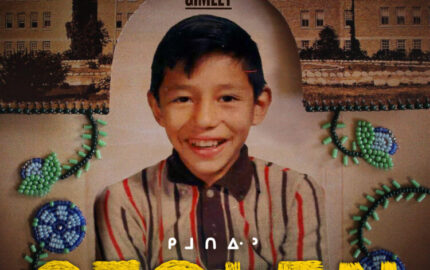This week, we’ve selected “From Rapid City to the Bolshoi in Moscow, American Dancer Takes Leap into Ballet” as our latest Notable Narrative. Telling the story of rising ballet star David Hallberg, AP writer Jocelyn Noveck tucks a life into less than 2,000 words.
It’s easy to imagine this piece done differently for a big magazine. The writer would travel to Moscow and watch Hallberg perform as the first non-Russian principal in history to be invited to be a premier dancer with the Bolshoi, so that the arc beginning in a town of 60,000 in South Dakota would have its natural climax.
But what if you have to write the story without the climax – before Hallberg debuts in Moscow? Noveck handles this challenge by throwing a curveball, telling you right up top that he’s earned a place in history. The question pulling the reader along goes from what will happen next to “how does a boy dancer go from Rapid City, S.D., to stardom in Russia?”
Providing that answer, Noveck is a master of compression. Large chunks of time are taken care of via quick transitions (“Things moved quickly after that,” “over the next few years,”). She’s confident enough to give the reader information without stopping to explain it, such as a passing reference to the Bolshoi Ballet being older than United States of America.
Along with that tidbit, Noveck delivers just about all the history you need in order to understand what Hallberg’s accomplishment means:
In three sentences, we get several grounding themes: local boy makes good, an artist on a journey, and a historic cultural transformation. Not to mention a short primer on the names of some of the greatest dancers in history, folded painlessly into conversational writing.
Noveck uses quotes instead of dialog but places the quotes where they can play off each other. When Hallberg says that as a teen, he “was teased,” his mother comes right behind, clarifying: “He was bullied.”
Constructing the piece as more scene-ish than scenic, Noveck tilts toward story without pushing her arc into a structure that doesn’t fit. She frames the story into loose sections without pressing for a cinematic feel, letting the material settle in its own best form, resulting in a delightful read that portrays the personal triumph and global importance of a ballet dancer from Rapid City, S.D.
It’s easy to imagine this piece done differently for a big magazine. The writer would travel to Moscow and watch Hallberg perform as the first non-Russian principal in history to be invited to be a premier dancer with the Bolshoi, so that the arc beginning in a town of 60,000 in South Dakota would have its natural climax.
But what if you have to write the story without the climax – before Hallberg debuts in Moscow? Noveck handles this challenge by throwing a curveball, telling you right up top that he’s earned a place in history. The question pulling the reader along goes from what will happen next to “how does a boy dancer go from Rapid City, S.D., to stardom in Russia?”
Providing that answer, Noveck is a master of compression. Large chunks of time are taken care of via quick transitions (“Things moved quickly after that,” “over the next few years,”). She’s confident enough to give the reader information without stopping to explain it, such as a passing reference to the Bolshoi Ballet being older than United States of America.
Along with that tidbit, Noveck delivers just about all the history you need in order to understand what Hallberg’s accomplishment means:
In the ballet world, earthshaking news is hard to come by. Long gone are the days when dancers such as Rudolf Nureyev, Margot Fonteyn and Mikhail Baryshnikov were household names. Dancers debut new roles, join companies, get promoted, retire. Faithful fans track it all, but it’s an insular world.
This, though, was pretty big. Exactly 50 years after Nureyev defected to the West for artistic freedom, and 37 years after Baryshnikov did the same, Hallberg was being offered a reverse voyage of sorts, one that showed how much the world has changed since those events, and how global culture had become.
In three sentences, we get several grounding themes: local boy makes good, an artist on a journey, and a historic cultural transformation. Not to mention a short primer on the names of some of the greatest dancers in history, folded painlessly into conversational writing.
Noveck uses quotes instead of dialog but places the quotes where they can play off each other. When Hallberg says that as a teen, he “was teased,” his mother comes right behind, clarifying: “He was bullied.”
Constructing the piece as more scene-ish than scenic, Noveck tilts toward story without pushing her arc into a structure that doesn’t fit. She frames the story into loose sections without pressing for a cinematic feel, letting the material settle in its own best form, resulting in a delightful read that portrays the personal triumph and global importance of a ballet dancer from Rapid City, S.D.


